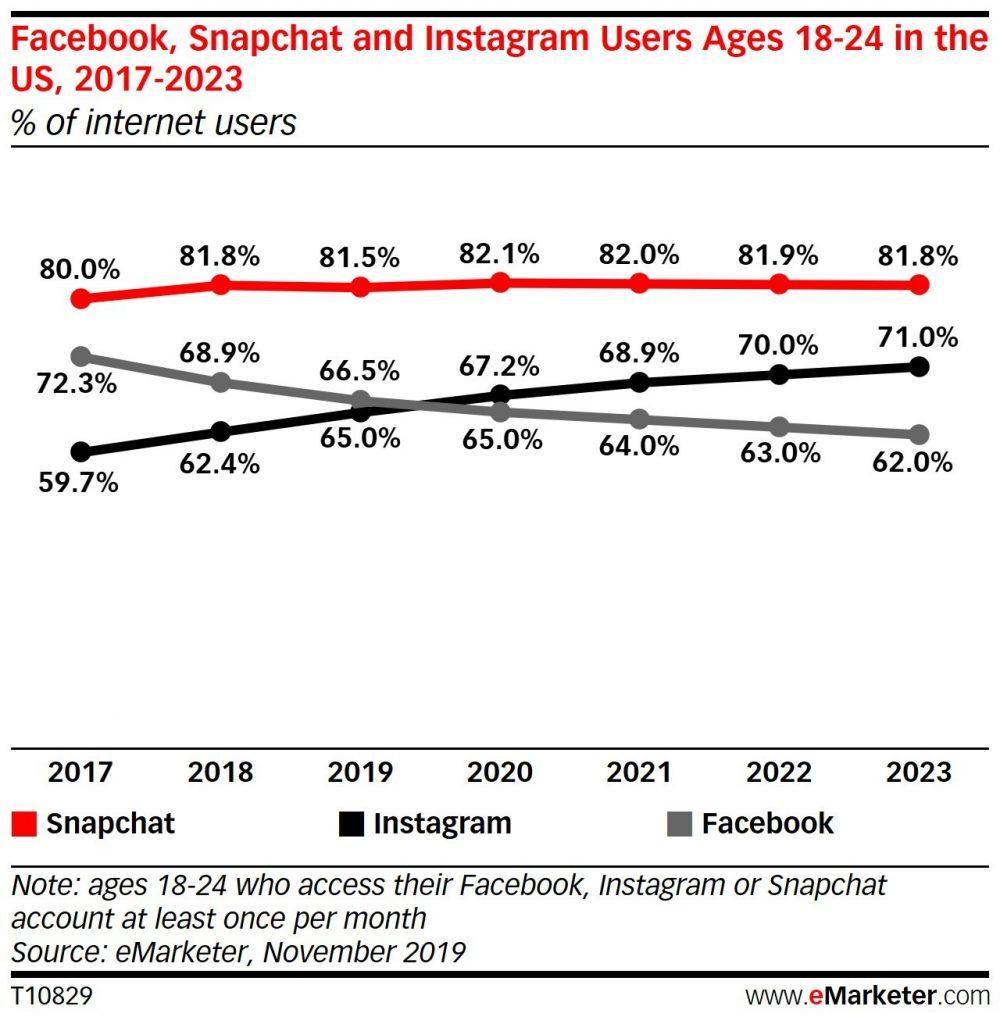The Reality Of Social Commerce Comes Into Focus
Andy Perez
Social commerce is likely to receive an unanticipated boost as the Coronavirus creates an unprecedented amount of change in consumer shopping behavior.
For years, social platforms have tried to crack the code in turning its users into shoppers directly within its platform. These efforts have been slow to catch on, even causing some platforms – like Twitter – to abandon them all together.
Of the nearly $9.2b dollars spent online for Cyber Monday in 2019, just 2.6% of sales came from social commerce. However, the role of social media along the path to purchase still performs a central function. A 2019 study from Global Web Index indicated that social networks are now the second-most widely used channel for online product research (after search engines); and they are the main source of brand-related information. As you can expect, this trend is even more prominent amongst younger cohorts, who prefer social networks over search engines.
One of the key drivers of social commerce is younger audiences’ social platform preferences. We’re seeing both Millennial and Gen Z move away from Facebook and spend more time on video-centric, interactive platforms such as Instagram, TikTok, and Snapchat. It should come as no surprise then that these platforms are leading the social commerce charge.
Just last year, these in-app advancements were made, in three of the biggest social platforms:
Instagram released a checkout feature that enables users to complete a purchase without ever leaving the app.
Snapchat
Snapchat rolled out a dynamic ads feature that leverages a brand’s product catalog to templatize and ‘shopify’ ads.
TikTok
TikTok created a way to link directly to products in a user’s profile, and has even enabled some creators to link directly to a product through their video content.
These platform updates come in the wake of shopper receptivity to social commerce as eMarketer has found that Internet users who have purchased a product directly on social media grew 61% from Q4 2018 to Q3 2019.

Percentage of Internet users aged between 18-24 using Facebook, Snapchat and Instagram
The momentum is building, and social platforms are evolving with innovative features to meet the behavioral shift that younger consumers have come to expect. We’ve seen Amazon tailor the visual delivery of their content too; Amazon recently debuted a new feature called ‘Amazon Posts’ designed to aid in product discovery that mirrors a social media feed. One need not look far to see a social shopper ecosystem beginning to materialize for tomorrow’s shopper.
These trends will likely see further acceleration by the new reality shoppers face today, who are practicing social distancing, spending more time at home and more time on social media. Out of precaution and necessity, 1 in 4 consumers indicated they were replacing in-store shopping trips with online due to COVID-19. Similarly, brands are finding new digital means to connect with their shoppers and provide services in a virtual world. As routine shopping behavior undergoes a radical and sudden shift, we expect this change will trickle down into social media, propelling a greater openness to social commerce.
So how can your company prepare for multi-channel retailing?
By taking an omnichannel approach. Now is the time to assess all shopper touchpoints (online and in-store) for your brand or product and evaluate how it facilitates a harmonious shopper ecosystem. Today’s young shoppers are using social as the lead horse in product research and discovery. Nimble brands can leverage this behavior to their advantage by ensuring social content is authentic and additive to the social platform and facilitates a passive-browsing to active-shopping experience.
To learn more about how Velocity Commerce Group can help, please reach out to us on LinkedIn, at our website, or directly to me.
Photo by geralt
Contact Us
Let’s Talk
Find out how we can create value for your business and drive your commerce performance forward.
